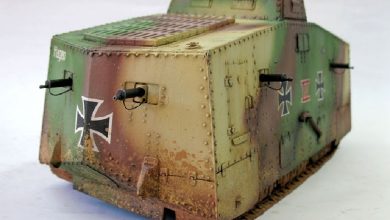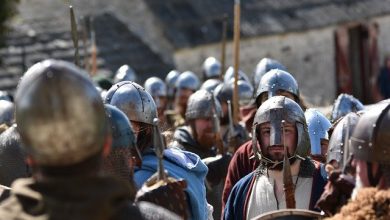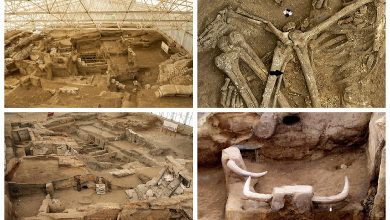The passionate story of a soldier who saved a wounded enemy
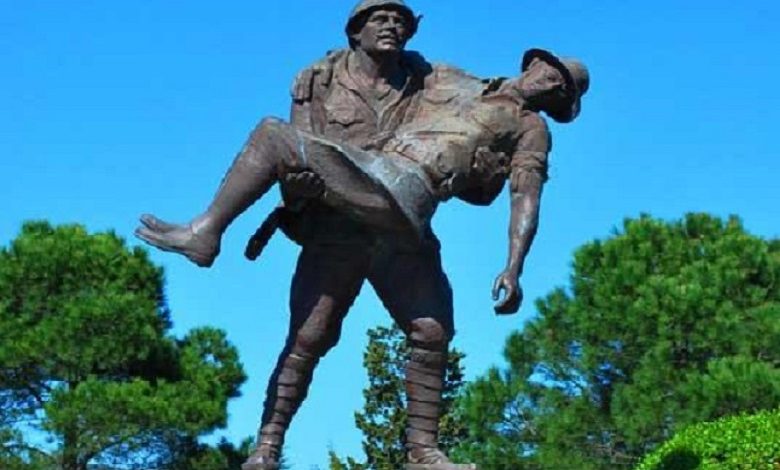
There is a strange monument in the south of Turkey. The sculptural composition, dedicated to the events of the First World War, depicts a Turkish soldier who carefully carries a wounded man dressed in the uniform of enemy troops in his arms.
This composition is associated with an incredible history, which, perhaps, all Turks know. Still, this history itself served as an occasion to establish friendly relations between peoples who once fought with each other.
It is believed that the Battle of Gallipoli became a kind of second birth of the whole nation for the Turks since the Europeans wanted to occupy not only the village itself but the entire district and then the rest of the Turkish state. Thus, this battle became one of the bloodiest in history as the whole of the Second World War. So it is not surprising that millions of Turkish citizens come to the place of these dramatic events to honor the memory of their deceased ancestors.
But what is impressive is the conciliatory shade of these funeral ceremonies. The Turks simultaneously honor both their soldiers and the enemy (at least 43 thousand soldiers of the allies were killed during the battles of Gallipoli). And this tradition is connected with a whole chain of histories passed down from generation to generation.
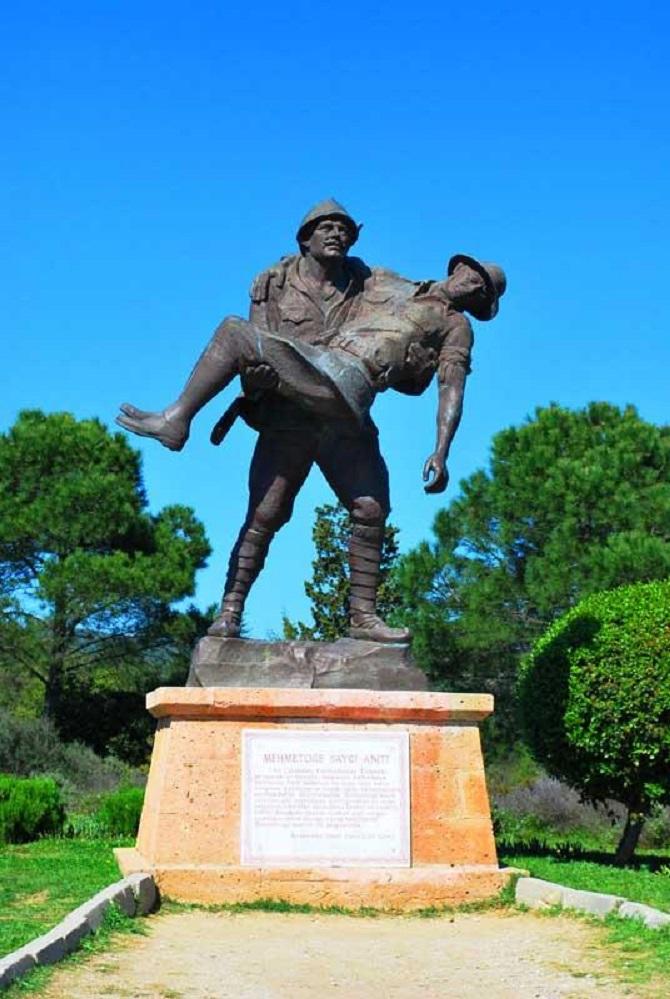
The main story, taken as the basis of the entire campaign for reconciliation and the long tradition of friendship among peoples, tells the story of the events on the Gallipoli Peninsula in 1915.
Then the Australian-New Zealand army corps, which supported the British, fought desperately with the Turkish troops, trying to push them back into the Dardanelles. However, bayonet and fire attacks continued one after another, and the Turks held the defensive with their last strength.
After another unsuccessful offensive, when both sides fell silent to prepare for the next battle, only rare random shots came from the trenches. Meanwhile, a wounded Australian soldier was left lying in no man’s land. He moaned and called out to his comrades, but in vain: none of the Australian soldiers, of course, would have dared to approach him to become a live target for the enemy.
Suddenly, the shooting from the side of the Turkish troops stopped, and a fighter with a white flag rose from the trench (for this, he used his shirt). Then, in complete silence, the Turkish soldier approached the wounded man, carefully raised him, carried him to the enemy trenches, and then returned to his own, after which the battle continued.
It was this story, according to history, that became a turning point in the relations between Turkish and Australian fighters. From that moment on, the soldiers began periodically tossing notes and smoke to each other from the trenches, exchanging jokes, and also arranging periods of the armistice, during which the fire ceased. It was possible to pick up and drag away their wounded and killed from the crossfire zone.
The Canakkale Memorial was originally opened in 1960, but it was not until the 1990s that a new frieze was added, depicting a solemn reconciliation scene. In addition, the coastline of Anzac Bay is adorned with an imposing 1985 sandstone building with a carved text attributed to the founder of the Turkish Republic, Mustafa Kemal Ataturk.
According to Turkish historians, in 1934, Ataturk made a very touching, fiery speech at the site of those ancient events: “Those heroes who shed their blood and died! You are now lying on the ground of a friendly country. Therefore, rest in peace. For us, there is no difference between Johnny and Mehmet – here, in our country, they lie side by side… You mothers who sent their sons from distant lands wipe away your tears; your sons now lie on our bosom and in the world. Having lost their lives on this earth, they also became our sons. “
This performance became decisive in creating the image of the warring parties as warrior-gentlemen, respectful and noble towards each other.
And although according to several historians, there is no reliable source confirming that Ataturk said exactly such words, this idea has been actively supported for many decades. Moreover, not everyone considers the story of the Australian soldier itself plausible, referring again to the absence of any serious documentary evidence. In particular, this story is attributed to Lord Casey, who later became Governor-General of Australia, but there is no written evidence that he visited Gallipoli.
The pages of history also mention the ceasefire announced in May 1915, during which both sides were able to bury their dead on neutral ground and talk to their opponents, and entries in the diaries of Australian soldiers that “it turns out that these Turks are not bad guys. “.
In February 2015, as the centenary of the Gallipoli war was celebrated, hundreds of people gathered in the Sydney municipality of Auburn, home to some 5,000 Turkish citizens, to inaugurate the 20-meter Wall of Friendship.
The central plaque on the wall depicts a Turkish soldier carrying a wounded Allied soldier, which is an exact facsimile of the same statue that the Turkish government erected in 1997 on the battlefields of Gallipoli. The second plate shows the crossed flags of Turkey and Australia and the very words of Ataturk. As a member of the Auburn city council put it, it shows “a story of compassion… and symbolizes the love and friendship between the two countries.”
On the Canakkale Peninsula, everything reminds of Turkish-Australian friendship: monuments, museums, souvenirs, and even tiles on the floor of a popular local restaurant (they depict an Australian tourist wearing a khaki hat shaking hands with a Turk).
According to the official version, the story of the Australian wounded soldier engendered a tradition of respecting his story and all its participants. Indeed, since the creation of the monument to the battles of Gallipoli, not a single case of vandalism has been recorded: the Turks who come to honor the memory of their soldiers treat the graves of their compatriots as well as those in which the British, Australians and New Zealander’s rest.
However, there is one paradox in this beautiful story. The fact is that in the same 1915, the famous Armenian genocide took place. And it is not entirely clear how incredibly the mass destruction of the civilian Armenian population by the Turkish authorities could be combined with a sympathetic attitude towards the Australian soldiers who fought on their territory.


